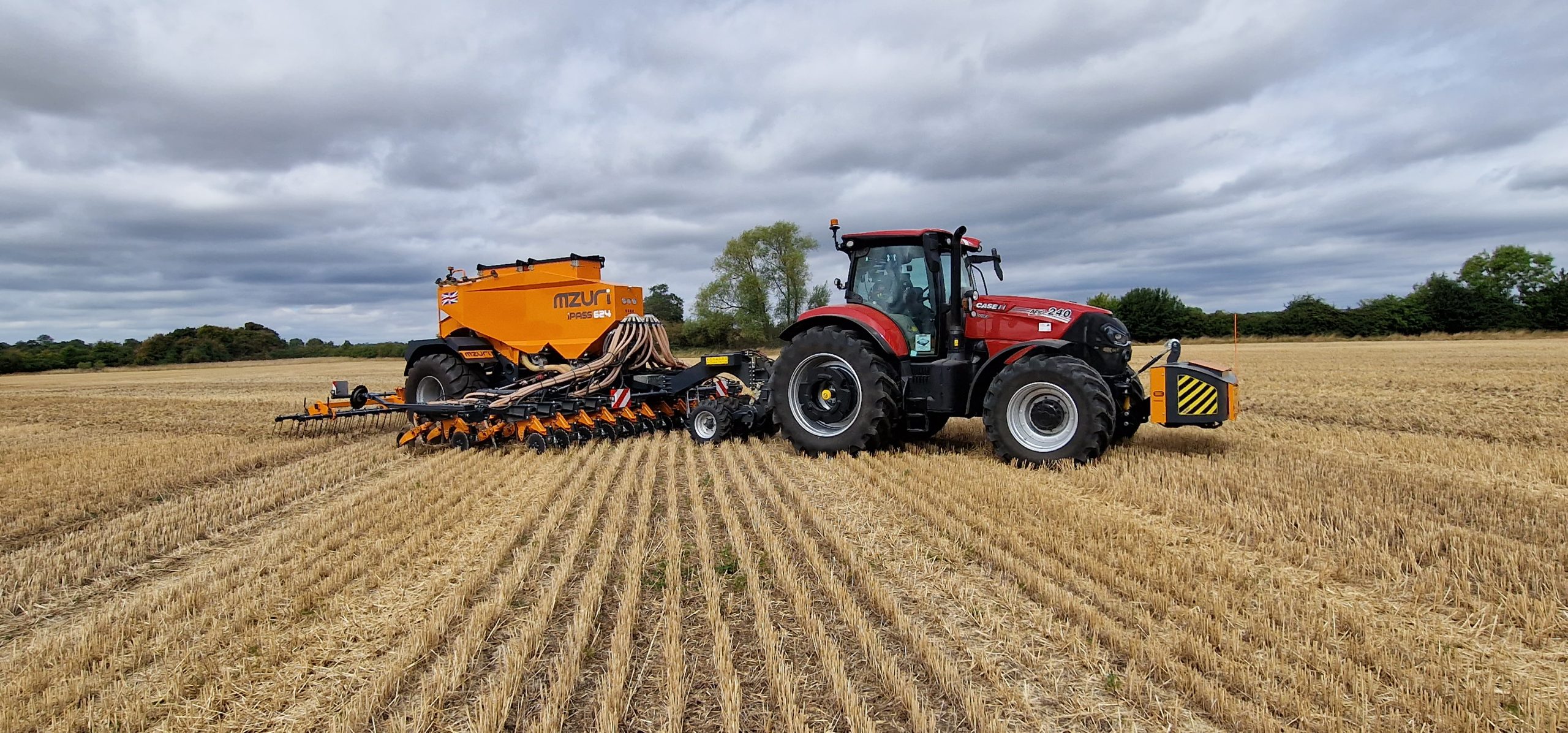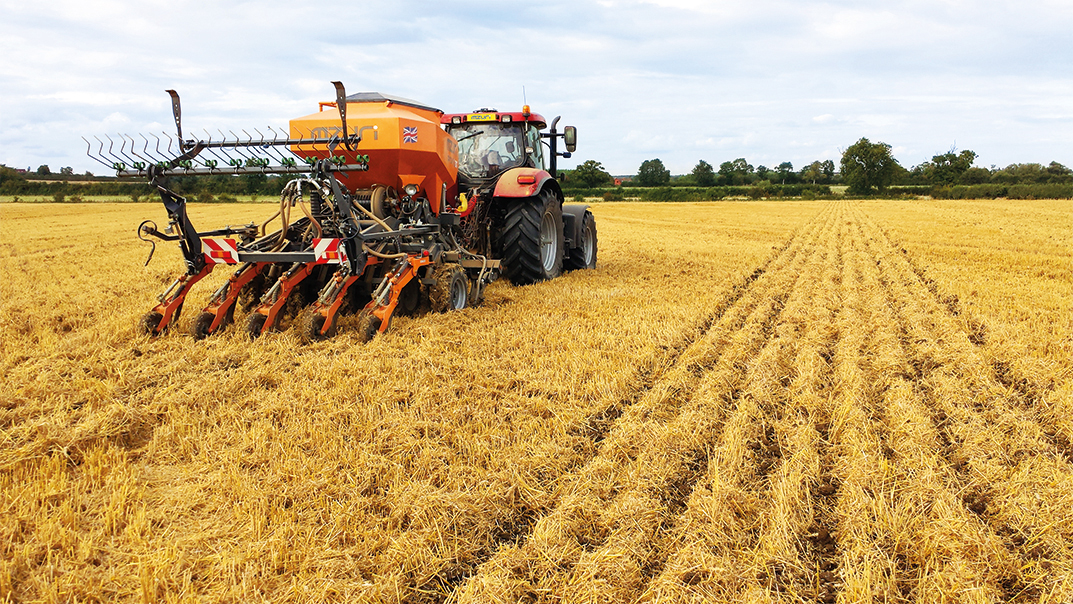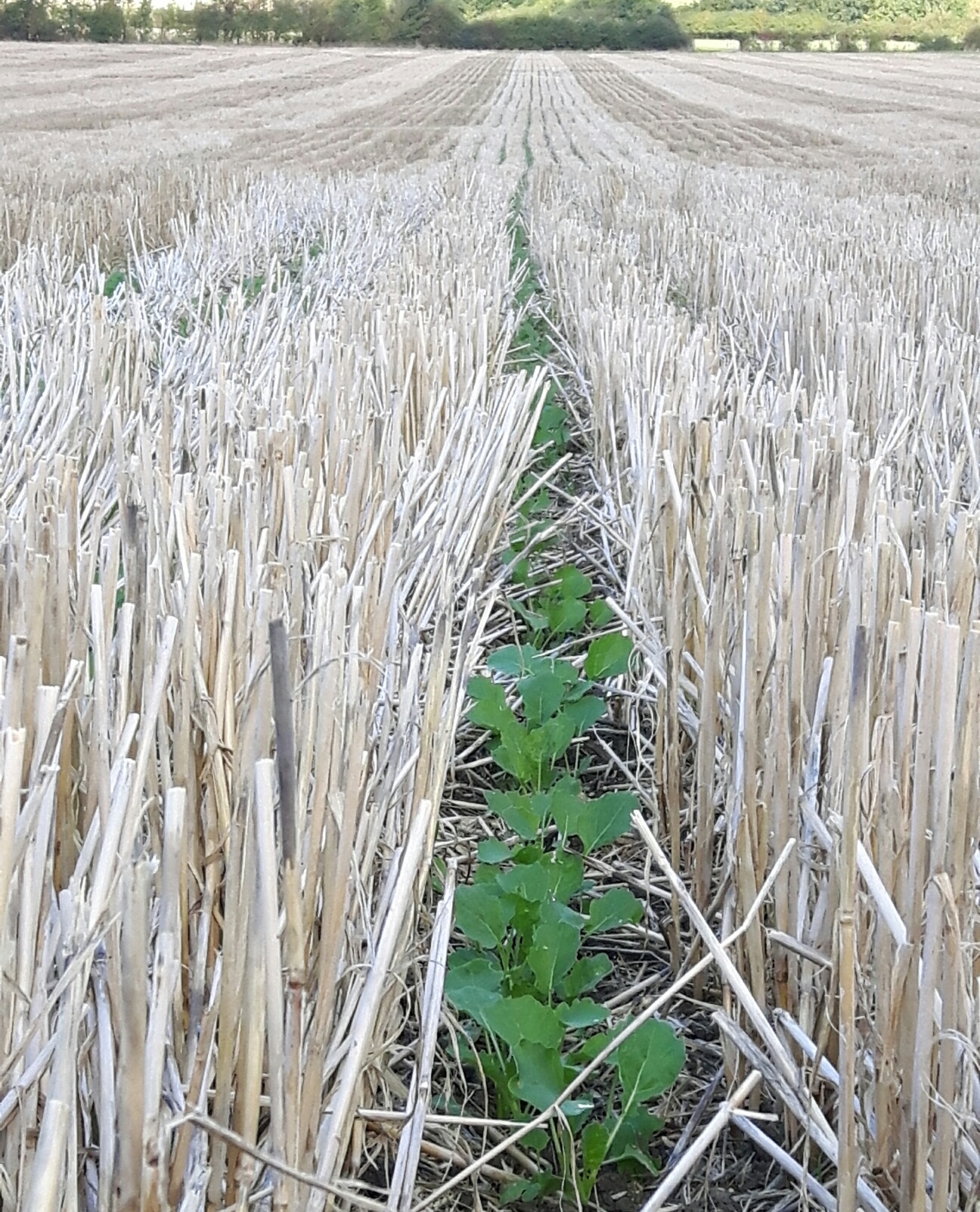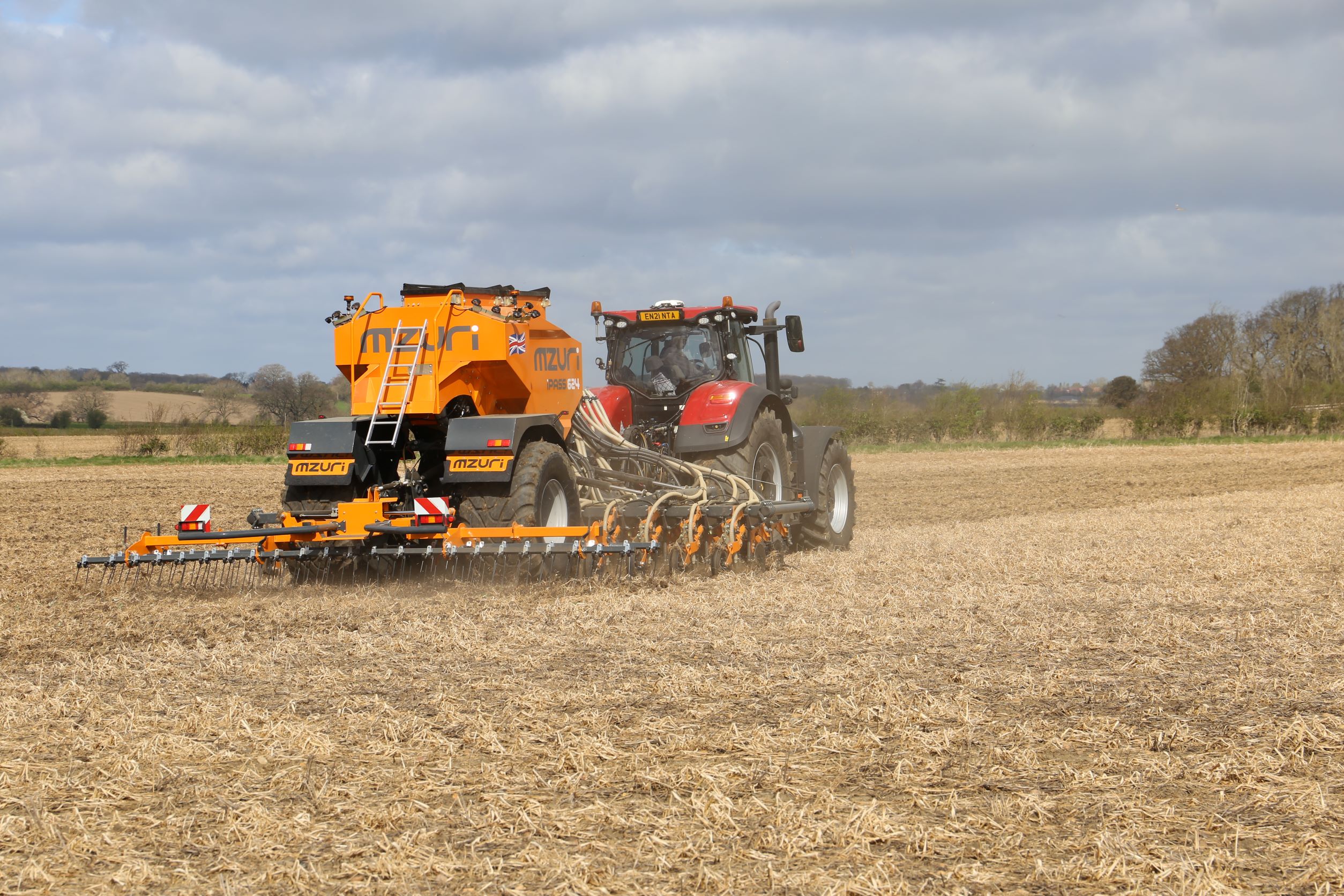Straw management for successful direct drilling
As farming systems become more productive, arable enterprises are faced with increasing levels of straw to manage post-harvest.
For many this provides a valuable secondary income source when baled, but for others, whether through environmental objectives or simply not having the demand for it, straw management forms part of the preparation for next year’s crop.
Some growers may see leaving straw in the field as a luxury or perhaps a nuisance depending on their system, but when managed well, there are a number of advantages with wide ranging benefits from soil health to better establishment.
Advantages of drilling into stubble:
- Provides nutrition for soil microorganisms, supporting healthy populations
- Increases soil organic matter
- Reduces risk of wind and water erosion by protecting with a straw thatch the upmost field surface from harsh weather
- Supports good soil structure and promotes better machinery travel
- In dry seasons, stubble can help to preserve moisture by retaining it in the soil
Talking predominantly about direct establishment systems, drilling into stubble can be a very effective and efficient way to establish a range of crops, but success in doing so can depend on several key management factors which are important to consider before heading in with the drill.
1. Assess your straw
“You’ve had a bumper harvest and with that comes a bumper crop of straw. You recognise the benefits of leaving the straw on the surface but what next?”
The most important factor relating to successful direct drilling into straw is ensuring an even spread and a chopped to a consistent length. By far the easiest and most cost-effective way to achieve this is to start with the combine. Watching to see if straw is chopped and distributed evenly will highlight whether the combine is operating as it should, or whether further preparation is required prior to drilling.
Uneven straw distribution will cause problems with variable germination and can cause drills to block if not managed correctly, something which can cause unnecessary downtime and frustration.
This leads onto considering what type of drill will be used and what the operator wants to achieve by drilling into stubble. For farmers wanting to drill into a lot of surface residue, strip tillage has the advantage with wide row spacing and sufficient clearance for trash flow, something which the Pro-Til range has been specifically designed for. For those growers who still want to drill into stubble but want a hybrid system that gives a more conventional row spacing, covering large areas quickly, good straw management is particularly important. The iPass sits in this category, offering conventional row spacings into stubble, min till or cultivated land whilst maintaining high forward speed and accurate seeding which makes the iPass range a versatile solution for a range of drilling situations.
2. Manage uneven straw
“You’re combine wasn’t what it was and refuses to chop and spread straw consistently, what now?”
For effective drilling, chopped straw should be short in length and evenly spread across the field. This not only provides a smooth canvas for direct drills to operate in, but it also starts the process of decomposition and returning those nutrients back into the soil.
There are a number of methods of pre-drilling field preparation that can be used to manage uneven straw levels including raking with a stubble rake such as the Mzuri Rezult. Fitted with discs and five banks of stiff tines, a pass of this surface cultivator can help to chop surface straw, spread it evenly across the field and also generate a small level of tilth mixing it with the straw to aid decomposition.
For growers who want to maximise the incorporation of chopped straw with the top layer of soil, there are various surface cultivators for example the Vaderstad carrier which will produce more tilth than a stubble rake, but will leave a very even finish of mixed soil and straw – accelerating straw decomposition which can be an ideal canvas to drill into with a direct drill, particularly if there is a large amount of surface straw to deal with.
Not only does lightly incorporating the straw prepare the field for drilling, but it can also act as an important step in minimising slug and weed pressures for the next crop. The Mzuri Rezult rake can be used in the heat of the day post combining of OSR stubbles to disrupt slug habitats and expose slug eggs to the midday sun reducing slug pressure for the following crop. Raking can also encourage volunteers and weed seeds to chit by mixing them with a slight tilth which creates a stale seedbed that can either be harrowed again for cultural control or receive chemistry both providing a blank canvas ahead of drilling.
3. Success with straw
“You’ve taken the time to assess your straw and carried out light surface cultivation in fields that need it, giving the direct drill operator the perfect recipe for success.”
When managed effectively, working with surface straw can yield great benefits over traditional establishment methods. Not only does it provide a weatherproof finish which helps mitigate erosion and run off in high rainfall, it can also provide a sheltered microclimate for young seedlings when drilled between stubble rows.
Stubble acts as a mulch to preserve soil moisture and prevent it drying out in dry seasons, reducing stress to the crop and protecting long term soil structure. All of which benefits crop growth throughout the season and ensures a stable, consistent environment to direct drill into.
Some direct drills may require more stubble preparation than others depending on what the operator is trying to achieve.
The Takeaway Message – Not all stubble is created equal.
Low volume stubbles such as rape, beans and wheat straw that has been baled are all very straightforward for the majority of single pass drills. However, larger volumes of straw on the surface can cause challenges particularly for drills with close row spacings or low frames with little clearance.
When combined with heavy soils, these scenarios can prove even more challenging and effect the success of the establishment. There are however a few important steps that we can take to balance the benefits of drilling into stubble with the need for effective seeding.
Straw raking or light discing is always going to be a helpful tool when dealing with high volumes of surface straw, as is also avoiding drilling into heavy soils when wet. It is also important to consider the drill being used and its clearance, stagger and row spacing. But perhaps the most important thing to take away, is the importance of starting straw management with the combine.
It is essential that this first step ensures a short stubble length and if not baled a well chopped spread of straw to give the best canvas ahead of any field work.







